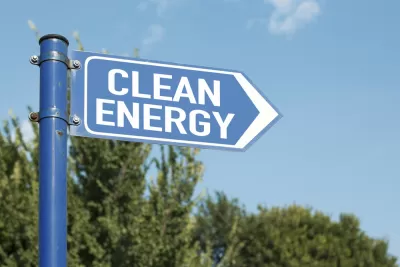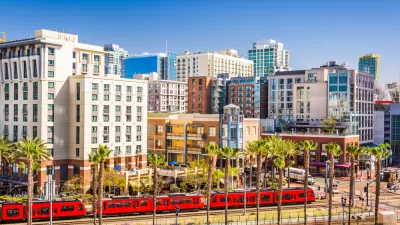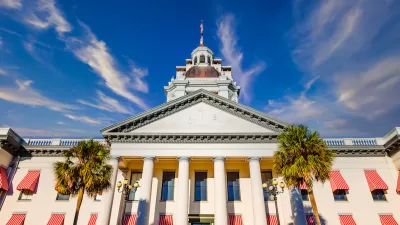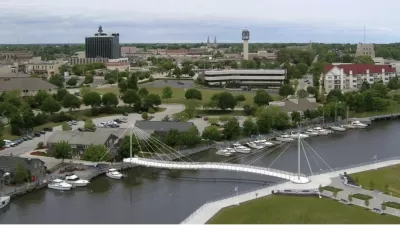As the details of the $3.5 trillion budget package under development in the U.S. House of Representatives begin to emerge, so to do the potential climate change benefits.

A team of researchers at the Rhodium Group has calculated the greenhouse gas emissions at stake in the $3.5 trillion, ten-year budget package currently under consideration in Congress (a package which includes the $550 billion in new spending included in the Infrastructure Investment and Jobs Act.
Recent work on the budget package in the House of Representatives has made it possible for the Rhodium Group to begin estimating the greenhouse gas (GHG) emissions implications of the bill. The team at Rhodium Group identifies a few stand outs among the investments proposed in the current versions of the budget package, including six investments that would cut nearly 1 billion tons of carbon emissions compared to taking no action. "That is up to ten times larger than the impacts we quantified for the Energy Act of 2020, enacted at the end of last year," according to the article. "It’s roughly equivalent to zeroing out annual emissions from all light-duty vehicles on the road or the annual emissions from Texas and Florida combined."
The six big ticket items identified by the Rhodium Group are a clean energy tax credit program, a Clean Electricity Performance Program, funding for rural electric cooperatives, a new electric vehicle tax credit, a fee on methane emissions, and increased funding for carbon removal through soil conservation and reforestation. The biggest source of carbon reductions under the current bill would come from the energy sector.
The potential for significant greenhouse gas emission reductions to come from the energy sector is buoyed by recent research out of Oxford that quantifies the recent reduction of cost for clean and renewable energy production and models out future trends. According to an article by Bill McKibben explaining the research, the coming transition to renewable and clean energy "will likely result in overall net savings of many trillions of dollars--even without accounting for climate damages or co-benefits of climate policy."
As noted in the source article, the budget package has the potential for even more impact from additional projects if or when it proceeds through approval.
FULL STORY: Pathways to Build Back Better: Nearly a Gigaton on the Table in Congress

Maui's Vacation Rental Debate Turns Ugly
Verbal attacks, misinformation campaigns and fistfights plague a high-stakes debate to convert thousands of vacation rentals into long-term housing.

Planetizen Federal Action Tracker
A weekly monitor of how Trump’s orders and actions are impacting planners and planning in America.

San Francisco Suspends Traffic Calming Amidst Record Deaths
Citing “a challenging fiscal landscape,” the city will cease the program on the heels of 42 traffic deaths, including 24 pedestrians.

Defunct Pittsburgh Power Plant to Become Residential Tower
A decommissioned steam heat plant will be redeveloped into almost 100 affordable housing units.

Trump Prompts Restructuring of Transportation Research Board in “Unprecedented Overreach”
The TRB has eliminated more than half of its committees including those focused on climate, equity, and cities.

Amtrak Rolls Out New Orleans to Alabama “Mardi Gras” Train
The new service will operate morning and evening departures between Mobile and New Orleans.
Urban Design for Planners 1: Software Tools
This six-course series explores essential urban design concepts using open source software and equips planners with the tools they need to participate fully in the urban design process.
Planning for Universal Design
Learn the tools for implementing Universal Design in planning regulations.
Heyer Gruel & Associates PA
JM Goldson LLC
Custer County Colorado
City of Camden Redevelopment Agency
City of Astoria
Transportation Research & Education Center (TREC) at Portland State University
Jefferson Parish Government
Camden Redevelopment Agency
City of Claremont





























